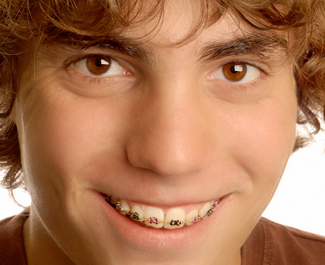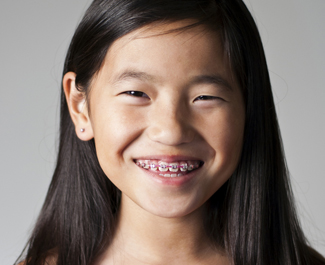A Guide To Preventing Tooth Decay While Wearing Braces
August 10th, 2016
 Having braces can present some new challenges when it comes to oral hygiene. It is essential that you put some extra attention into preventing tooth decay while wearing your braces. When your braces are finally removed, you want a beautiful, white smile, not decayed or stained teeth. Here are a few tips to help you keep your teeth healthy while wearing your braces:
Having braces can present some new challenges when it comes to oral hygiene. It is essential that you put some extra attention into preventing tooth decay while wearing your braces. When your braces are finally removed, you want a beautiful, white smile, not decayed or stained teeth. Here are a few tips to help you keep your teeth healthy while wearing your braces:
Learn Proper Brushing Techniques
Place your toothbrush at a 45-degree angle against the gums in order to clean the whole tooth, and brush gently in the area between the wiring and the teeth. Use a softer toothbrush with fluoride toothpaste for best results. Using an oral rinse every day will help, too. Rinsing with mouthwash is important regardless, but especially important when you have braces, as you need to disinfect the entire mouth, including those spots under the braces where your brush can’t always reach.
Brush after Every Meal
Since braces block food from naturally escaping your teeth after eating, it’s important that you take the time to brush and floss after every meal. The less time food has to sit on your teeth, the less likely it is to cause decay. This may seem like an inconvenience, but when you get your braces off, you will be very glad you brushed after every meal.
Eat Braces-Safe Foods
When you have braces, there are certain foods that you must avoid. For starters, sticky foods such as caramel or gum can get stuck in your braces and are difficult to remove during brushing. Avoid hard foods, too, such as nuts and candy. Those goodies can bend wires or even break a bracket. And while you may love apples, carrots, or corn on the cob, they’re too firm or hard to bite into and can damage your braces. Crunchy treats can also harm your orthodontic appliances. It’s best to stay away from chips and popcorn, which can damage your braces. So just what can you eat? We recommend soft foods that are low in enamel-busting acids, such as bananas, mangoes, milk, water, poultry, and pasta.
Get Regular Checkups
It’s important to keep your routine appointments with your dentist and dental hygienist for a thorough cleaning twice a year or as directed. The exact frequency of these visits will be up to your dentist, as some types of braces are more demanding of a regular cleaning than others.
As long as you practice good oral hygiene and follow these basic tips, you should have no problem keeping your teeth healthy while you wear braces.



